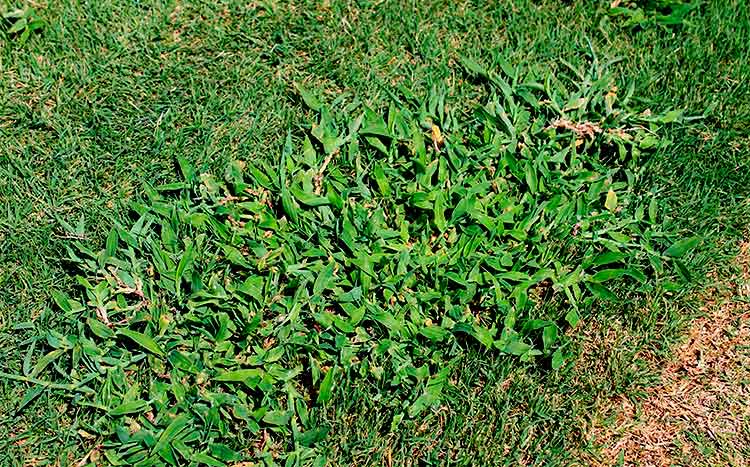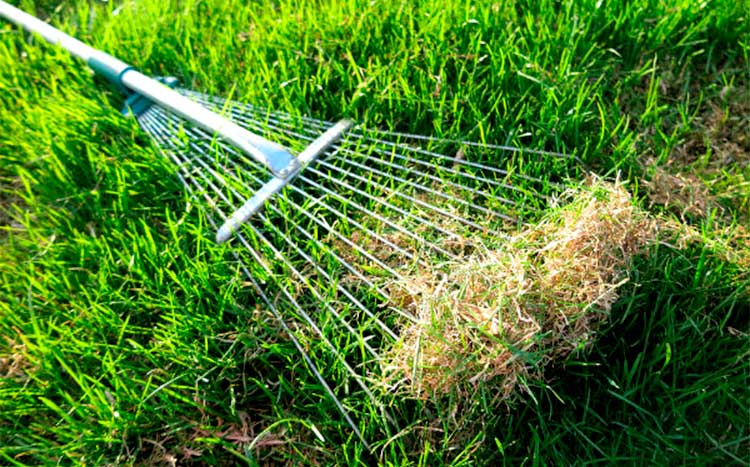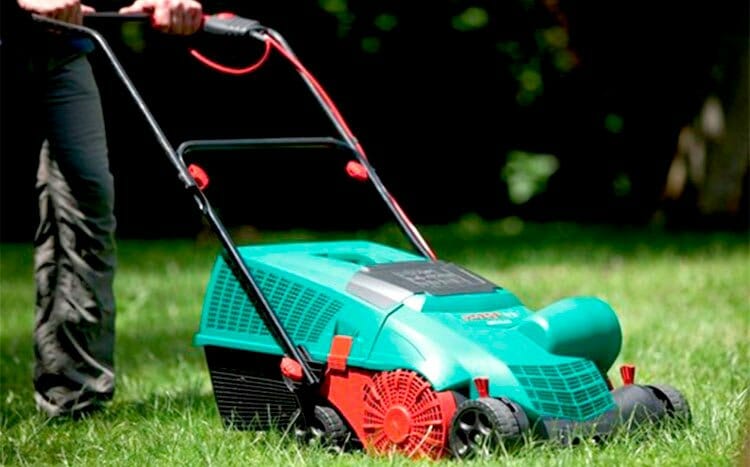It is crucial to dethatch your lawn every 2-3 years, depending on the type of grass, as it is an essential maintenance task. This helps maintain the health of your grass and enhances the comfort and appearance of your lawn.
Dethatching your lawn will get rid of some small weeds growing on your lawn together with the thatch. However, mature broad-leaved or tall weeds cannot be removed through dethatching. These types of weeds need to be killed or removed before dethatching using available weed killers.
What we cover
ToggleCan Dethatching Cause More Weeds to Grow?

It is possible that dethatching will loosen and prime the soil for weeds to grow as more nutrients and water seep into the soil. This is why it is important to work on any existing weeds before dethatching.
Dethatching gets rid of dead, overgrown, and unwanted grass thus making it easier for water, nutrients, and moisture to seep into the soil. This will allow new grass to grow and for existing young shoots to get nutrients and flourish. Expectedly, these are also ideal conditions for unwanted growth that must be controlled with the appropriate weed killer or other methods.
You can prevent weeds from growing after dethatching by:
- Using a weed killer before dethatching
- Making sure you rake all dead plants and grass after dethatching.
- Setting the dethatching equipment in a way that it will also uproot young weeds. They are normally ½ an inch taller than the required grass height and have weaker root systems.
Will Dethatching Remove Clover?
Clover is a fast-growing cover plant that normally grows over grass and other plants. It can cause shorter plants and grass to die as a result of sun and water deprivation. Clover is an invasive weed that you would rather not have on your lawn for too long.
Regular dethatching is one of the proven ways to get rid of invasive and unwanted clover from your lawn. The dethatching machine or special rake is designed to dig into the soil and selectively remove unwanted dead grass and plant matter above a certain height and thickness that also includes clover.
Selective herbicides for clover removal
In addition to dethatching, you can also use selective herbicides that will kill clover and leave the rest of your lawn green and lush.
Leaving clover unattended will allow it to overtake your regular grass and deprive it of sunlight. Be sure to keep on top of it before it begins to flower and seed.

Should I Kill Weeds Before Dethatching?
It is always advisable to get rid of weeds before mowing, dethatching, aerating, and reseeding a lawn. The weed should be given time to die, dry, and decompose before dethatching is done. This will make it easier for the dethatcher to dig into the soil and remove dead or overgrown grass and other foreign plants.
Failure to kill weeds before dethatching will make it harder to use the dethatcher or modified rake to dig into the soil and slice thatch and other unwanted material. It will also make it harder to see if you have successfully dethatched your lawn.
Some weeds tend to have strong root systems and will remain intact even after dethatching. Dead and decomposing weed is also easier to rake away after dethatching.
How Does Dethatching Work?
Dethatching is essentially a method to get rid of excess thatch, overgrown grass, and dead plant material from your lawn. It’s normally done with a detaching machine (for large lawns) or a modified rake with sharp crescent-shaped tines used to slice thick thatch.
If you are using a dethatching machine, the whole process of slicing the thatch, lifting it off the soil, and raking it off is automated. Manual dethatching using a special dethatching rake requires that you use manual force to slice the thatch, lift it off and rake it away.
At the end of the dethatching exercise, you should leave grass that is properly spaced out and healthy. Dethatching gets rid of not only overgrown and dense grass but also dead plant materials, foreign objects, and young weeds. Your grass will have a better chance of absorbing water and nutrients after dethatching.
Some of the direct benefits of dethatching include:
- Better grass health and sprouting in the growing season.
- Good appearance due to reduced density and removal of dead or dried grass.
- More comfortable grass- for barefoot comfort.
- Preventing weeds and other unwanted plants.
- Preventing pests and other diseases- accumulated thatch can create a conducive environment for pests.
- Dethatching improves drainage and nutrient absorption
- It allows you to aerate and hydroseed if required to add more grass and get rid of empty patches.
You can rent a dethatching machine or purchase one if you have a big lawn. However, it is always cheaper and more practical to hire a professional with the required equipment to dethatch for you.

Is Raking as Good as Dethatching?
Raking might be effective at removing dried or dead plant material lying on the surface of your lawn. However, it will not help you get rid of excess thatch and other plant matter that may have accumulated below the lawn surface. You will need a lawn dethatcher or modified rake with sharp tines that can slice through thick thatch and lift it to the surface.
It is, however, recommended to rake immediately after dethatching to get rid of the excess debris covering the remaining grass. A normal garden rake is sufficient for this. You can also purchase a special rake if you have a small lawn and prefer manual dethatching to machine dethatching.
Can Dethatching Spread Weeds?
Dethatching does not spread weeds unless the weed plant had seeds that fell off after being sliced from the soil. Ideally, you should remove the weed before dethatching to avoid accidentally spreading weed seed or pollen while dethatching. Dethatch immediately after the weeds have died off and dried to avoid this.
FAQ's
Does Dethatching Kill Weeds?
Dethatching can help get rid of some types of weed such as clover and young weed that have not yet grown to maturity. However, dethatching is meant to help get rid of dead materials and dense grass and not to kill or remove weeds.
Can Dethatching Hurt My Lawn?
Dethatching is meant to make your lawn healthier and better looking. However, care should be taken not to over-dethatch and kill too much grass in the process. Seek advice or have a professional dethatch for you or help you set the dethatching machine to the right mode depending on the type of grass and amount of thatch on your lawn.
Should I Overseed After Dethatching?
You can overseed after dethatching and aerating if you want to add more grass to your lawn. You can also overseed if there are ugly empty patches left open after dethatching or if the grass refuses to grow back due to improper dethatching.






